The division between art and science division is embedded in our culture. We think of science as exact, objective, following a strict method, whereas art as creative and subjective, with no formal rules. But this picture misunderstands what actual science looks like. In practice, science is not about following a strict, algorithm-like method, but, like in art, making judgement calls and thinking creatively, argues Ann Thresher.
There is an outdated idea that science and art are polar opposites. That science, associated with the left brain hemisphere, is logical, structured, whereas art, the domain of the right hemisphere is soft, intuitive, creative, guided by practiced judgement and innate skill. Of course, any neuro-scientist will tell you that the distinction between “right and left brain thinking” is a myth, that both sides are equally important in thinking through a math problem and painting a picture.
SUGGESTED VIEWING The key to progress With Henry Gee, Güneş Taylor, Philip Goff, David Malone
Similarly, it is time to give up the myth that science and art are fundamentally different. Good science is an art-form, and scientists draw on highly trained, creative intuition and judgements, just as much as artists do. Scientists rely on the sort of soft skills we usually exclusively attribute to artists throughout their work, from conceptualising research projects, to designing experiments, to interpreting and presenting data, to conceiving of new theories and models. Science isn’t an exact science, in the sense that there is no one formula or methodology or approach that scientists just follow. Science is a practice, not unlike art - a messy mosaic of judgements and creativity, aiming to capture a complex external world that almost always defies simple description or measure.
___
Not even the logical core at the heart of science can escape “artistic” thinking.
___
There are more and less obvious ways in which the scientific process is like art. Albert Einstein, for example, seems like a paradigmatic case of the creative scientist, thinking beyond the constraints of his contemporary physics to innovate new ways to understand the fundamental structures of reality. Marie Curie too was an artist, and so were Katherine Johnson, Charles Darwin, Leonardo Da Vinci, Thābit ibn Qurra, and Ada Lovelace. They thought creatively about the world around them, founding entire new fields of research, or changing the course of science’s history. But creativity is also evident in the work of every scientist who has ever had to ponder a novel problem and figure out a solution. Beyond theoretical innovation, we must remember, that science also encompasses the myriad of measurements, experiments, technologies, principles, and narratives, all of which were designed and built by people thinking not algorithmically, like machines, but thinking creatively, like artists.







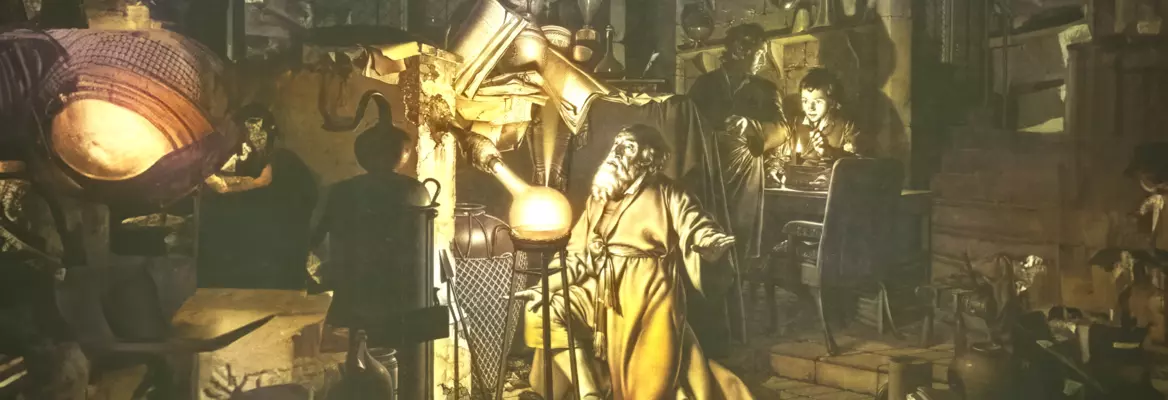

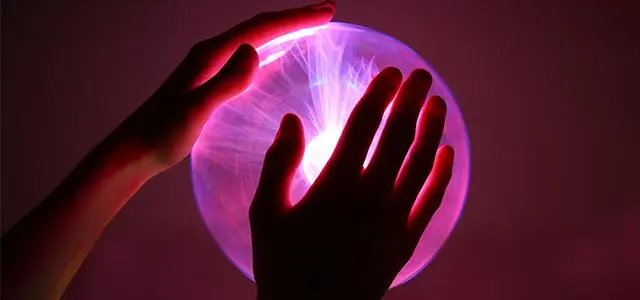

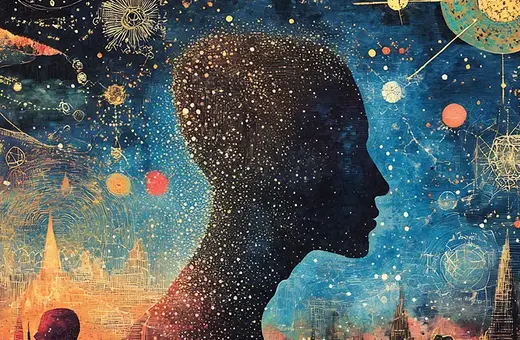
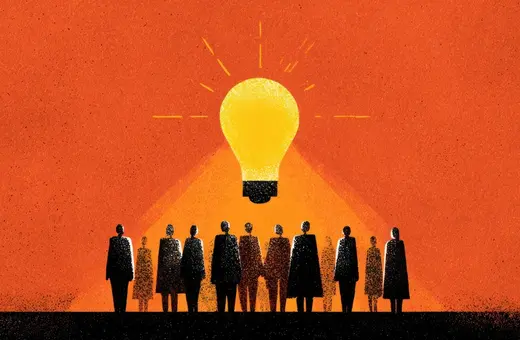
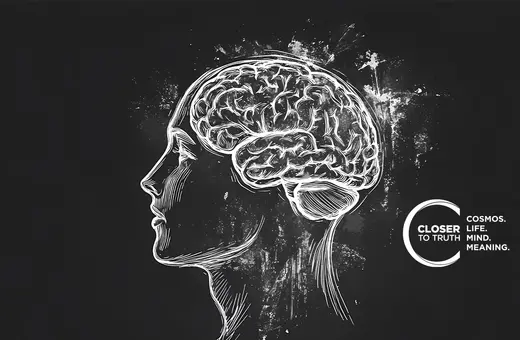

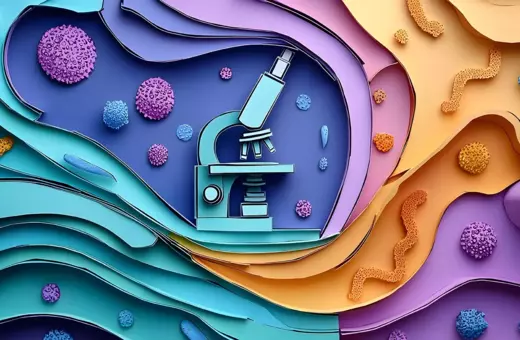
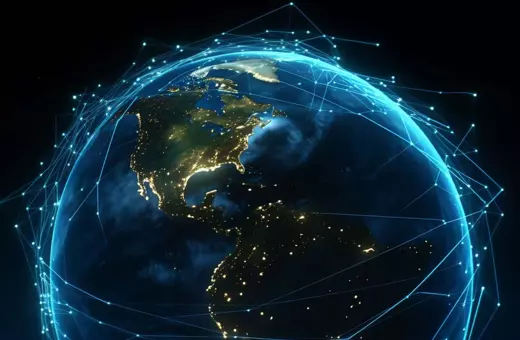

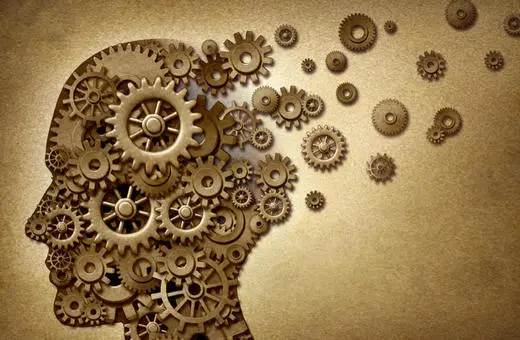



Join the conversation